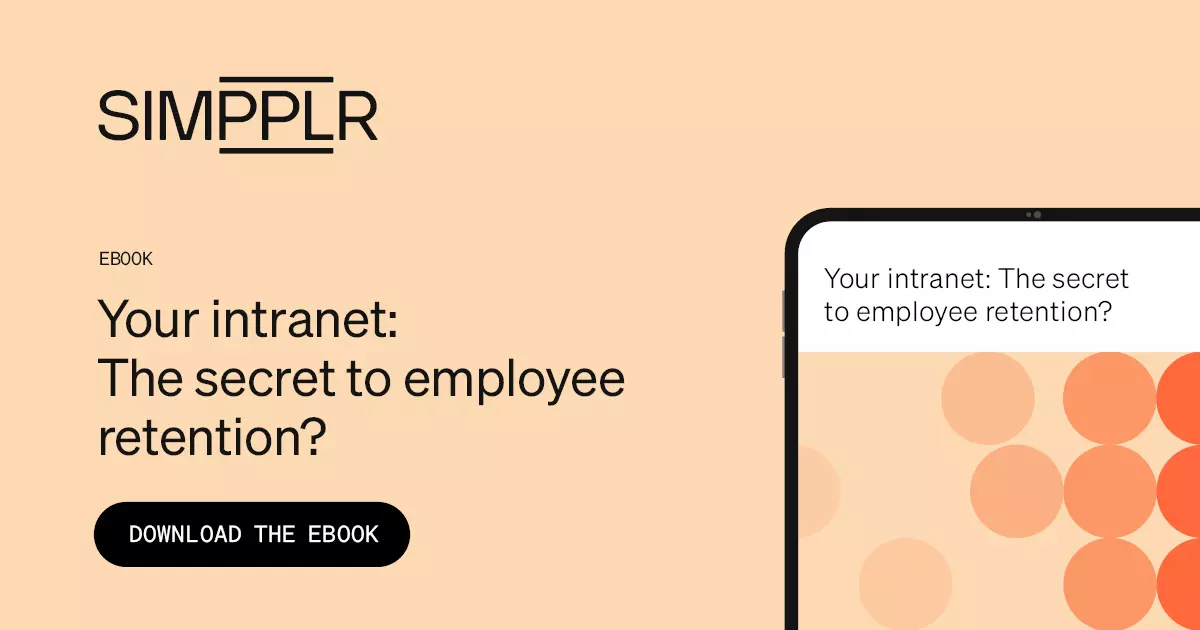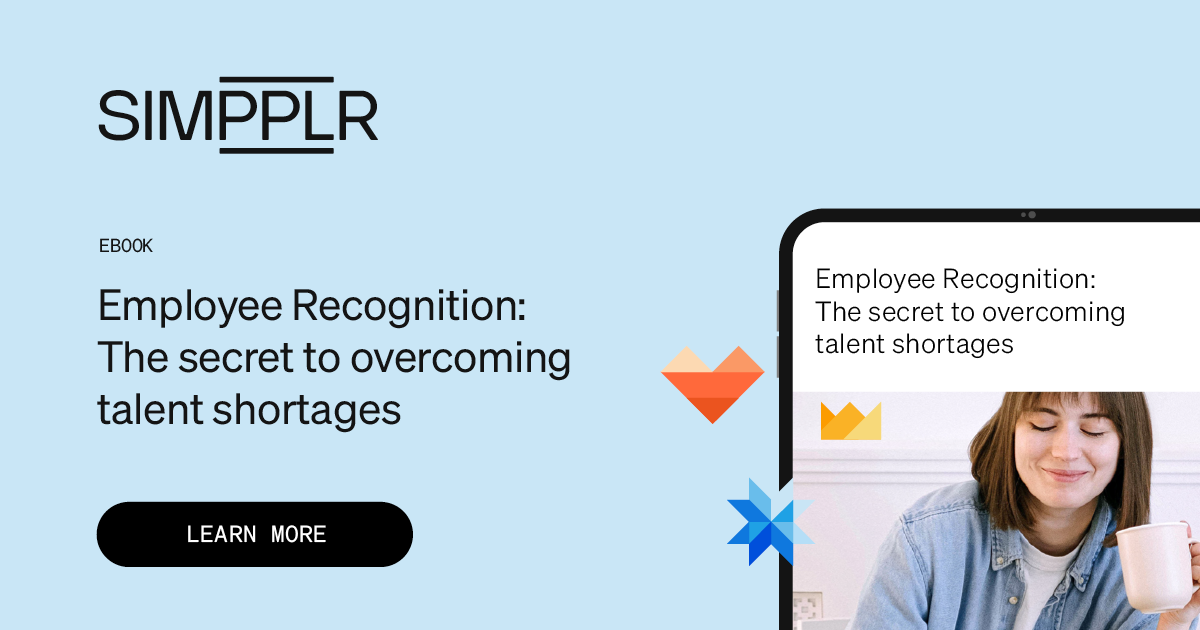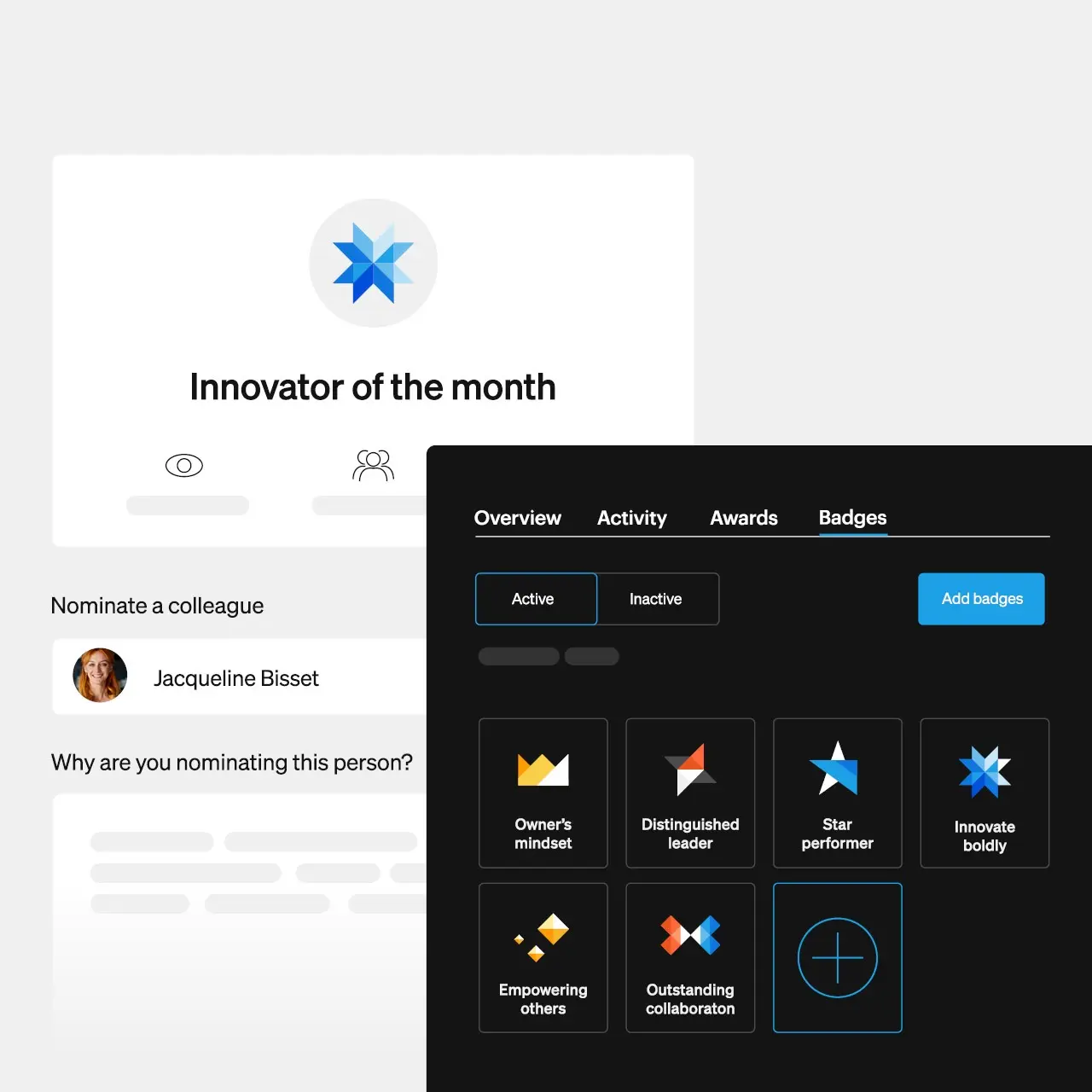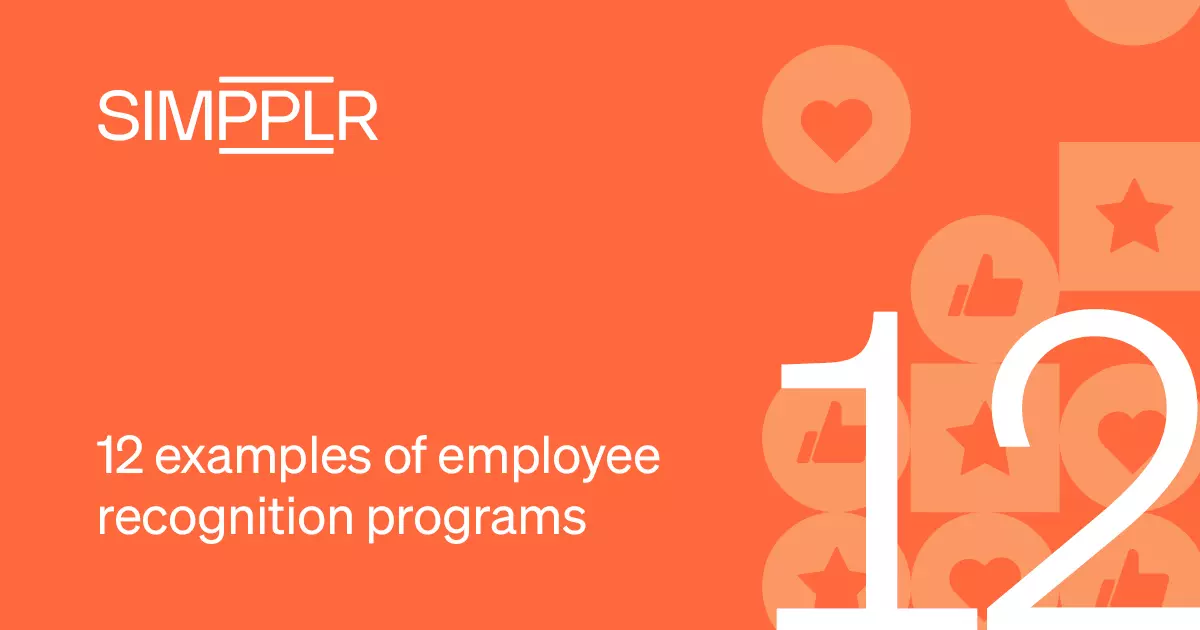Every day of the work week, your team comes in to the office and puts in its best effort. As a manager, you see this everyday. But in a managerial role, there are a number of things that can demand your attention. As a result, recognizing the hard work of your employees can fall by the wayside.
It often isn’t enough to simply thank employees for their work. In today’s fast-paced work environment, employee recognition encompasses a number of forms and actions, which can include verbal praise but can often mean additional methods designed at promoting an employees visibility within your organization.
Given this increasingly varied and wide-ranging definition, it would help to have a better understanding of what exactly employee recognition is.
Understanding Employee Recognition
Let’s start with the basics: what exactly is employee recognition? At its core, employee recognition is the act of acknowledging and appreciating employees for their performance and contributions to the company. But it’s more than just saying “good job” – it’s about creating a culture of appreciation that supports employee engagement and motivation.
Employee Recognition in Today’s Workplace
The concept has evolved significantly over the years, with modern workplaces recognizing the need for personalized and meaningful recognition strategies that align with employees’ values and career goals. Employees might be dispersed across the world, and recognizing their contribution may require a platform to do so easily.
The Importance of an Intranet in Recognition
A modern intranet plays a vital role in facilitating employee recognition by providing a place for sharing successes and achievements across the organization. It can allow for immediate and widespread recognition, ensuring that employees feel valued and appreciated. An intranet can also help in tracking and managing recognition programs, making it easier to celebrate employee milestones and contributions effectively.
Simpplr offers the tools to seamlessly integrate recognition into your workplace, creating a more engaged, satisfied, and productive workforce. Learn more about Simpplr’s Employee Rewards and Recognition on our site.

Employee Recognition – Its Importance
There is one key fact to remember: employee recognition drives engagement. Employees who feel recognized are more likely to be motivated, productive, and loyal to their company.
Based on Gallup’s study, employees who feel under appreciated are twice as likely to consider quitting within the next year. Despite this, only one-third of U.S. workers believe they have been recognized or praised for their good performance in the past seven days.
Here’s a closer look at the importance of employee recognition.
Impact on Employee Morale and Productivity
Recognition not only boosts individual employee morale but also enhances overall team productivity. When employees feel appreciated, they’re more likely to go above and beyond in their roles. If employees feel that their work is not being recognized, then they themselves feel as if their efforts are not valued by their team and their larger organization. This hurts morale, and in turn reduces productivity and increase turnover. By routinely recognizing employees for jobs well done, morale will continue to be boosted, and they will feel encouraged to continue putting their best efforts into their work.
The ROI of Employee Recognition
Employee recognition isn’t merely a way to make employee feel good about their work, but is crucial to the organization’s bottom line.
In an interview with Pinaki Kathiari on the ROI of employee recognition, he emphasizes his deliberate effort to disrupt a harmful loop: “We need results, so we have to move fast. So there’s no time to appreciate or make people feel valued.” Consequently, this approach backfires by diminishing productivity, further delaying the desired results. Kathiari asserts, “Making people feel valued actually makes them faster to bring you the results.”

The ROI of employee recognition with, CEO & owner of Local Wisdom: listen to the full podcast.
Retention and Loyalty
High turnover rates can be a significant issue for companies. When employees are recognized for their work, they feel as if their work is not only valued, but they themselves feel valued by their colleagues and by their organization. When employees feel as though they are valued in the workplace, they are more likely to remain at their organization and will continue to remain.
In contrast, employees who feel that their work isn’t being recognized will in turn feel as though their colleagues and their organization does not value them. They will in turn decide to leave in search of a position where they feel their work will make a real impact.

Types of Employee Recognition
Formal Recognition Programs
Traditionally, managers have been the ones to dole out recognition to subordinates. This is known as formal recognition, in which managers and other supervisors single out high-performing employees for praise and feedback. There are a multitude of formal recognition programs that can be implemented, such as annual awards, employee of the month, or performance bonuses.
Informal Recognition Methods
Informal recognition tends to happen more spontaneously and can be as simple as a personal note of thanks or a shout-out during a team meeting. These can come from managers or from peers. While these may seem much less consequential than formal employee recognition programs, these gestures, although small, can have a big impact. Simple gestures can make employees feel valued, and a quick gesture can make an employee feel like, even if they work in a big team or a big organization, that someone is taking notice of their work and that their efforts are valued.
In many ways, informal employee recognition can have an even more widespread impact than formal employee recognition, as informal recognition can happen more frequently and in a more personal manner.
Peer-to-Peer Recognition
Recognition doesn’t always have to come from the top down. Peer-to-peer recognition allows employees to appreciate each other’s efforts, fostering a supportive team environment.
It’s one thing if managers are recognizing their subordinates’ efforts. However, peer-to-peer employee recognition can also be quite impactful. Peer recognition can further improve morale among employees, as those who feel like their work is valued by their feel employees will in turn feel loyal to them and be motivated to continue working hard.
Employees who don’t receive recognition from their peers may feel overlooked, which can breed feelings of resentment and jealousy. This threatens team cohesion, and may make the work environment toxic. Recognizing each other for a job well done can make employees feel closer to one another, and more likely to continue working hard and aiding each other going forward.
Thus providing a platform to easily recognize employee achievements can be critical to your organizations success.

Benefits of Employee Recognition Programs
Implementing a recognition program can have profound benefits for your organization. To summarize why investing in recognition is worth it:
- Enhanced Employee Engagement – Recognition programs are a powerful tool for boosting engagement. Engaged employees are more passionate about their work and committed to their organization’s goals.
- Reduce Turnover – Employees who feel valued are less likely to seek employment elsewhere, saving the company time and resources in hiring and training new staff.
- Increased Productivity and Performance – There’s a clear link between recognition and performance. When employees feel recognized, they’re motivated to maintain or improve their good work.
How to Build a Positive Company Culture
A culture of recognition contributes to a positive work environment where employees feel valued and part of something bigger than themselves.
We hope this guide has illuminated the multifaceted nature of employee recognition and inspired you to create or enhance your own recognition initiatives. For further insights and examples, check out 12 Examples of Employee Recognition Programs and learn more about Simpplr’s Employee Rewards and Recognition on our site.







